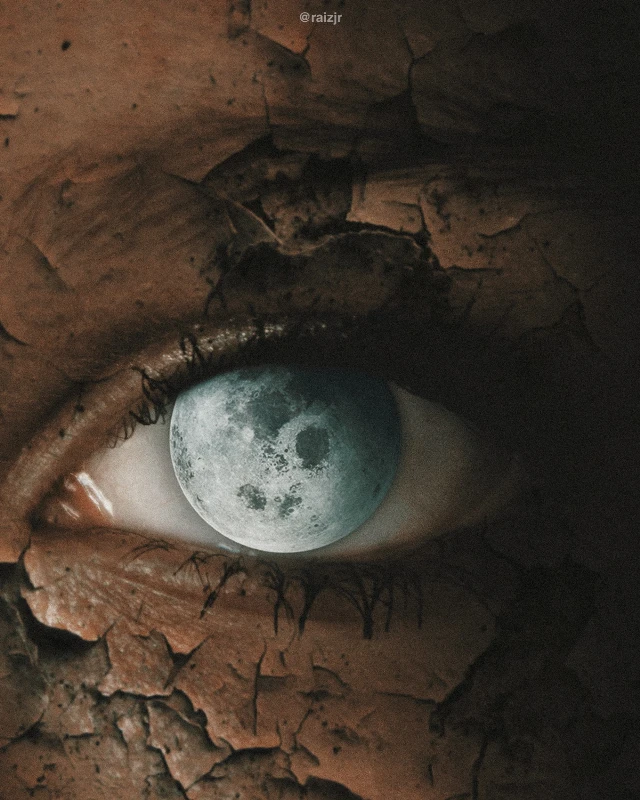"¡Driiim!" Llamaban al timbre de la puerta transparente de la clínica de fisioterapia. Una joven latinoamericana que estaba sentada dentro no esperó para levantarse, y abrió cortésmente la puerta a una señora de mediana edad.
La señora entró a paso lento. Tenía el pelo corto y rubio, ojos muy claros, casi vítreos, y parecía que se había empolvado la cara para blanquearla como en la época de Maria Antonieta. Vestía una chaqueta clásica de color rosa palo y falda de tubo negra, como sus medias y zapatos.
Me gustaba la combinación de colores que mostraba, y al mismo tiempo me intrigaba mucho la palidez polvorienta de su rostro. No era lo que se estilaba en esa ciudad mediterránea.
La recepcionista, prácticamente oculta tras el impoluto mostrador, tecleaba frenéticamente. De repente, se detuvo y pareció acordarse de algo. "¿Hoy no viene su marido?"
Por lo que comentaron, y que no reflejaré aquí porque a menudo las menudencias cotidianas me llenan de hastío, su marido era alguien muy mayor, con bastón. Yo lo visualicé con imagen más descuidada, tendiendo a rural: calvo (con escaso pelo blanco formando una aureola incompleta), de cara blanca y muy arrugada, en pliegues caídos, jersey tupido, pantalones de pana y espalda encorvada.
La señora empolvada contestó: "No, el médico le ha mandado reposo después de lo que pasó. Hoy he venido yo porque llevo dos meses con lumbalgia. Me han mandado Enantyum, pero sigo con dolores".
A primera vista, alguien diría que los tonos pastel de la señora rubia respiraban un aire de inocencia, pero, una vez la escuché hablar, noté que algunas palabras clave sonaban con un tono enrarecido.
Mis pensamientos fueron interrumpidos cuando entró en escena una joven por el lateral. Se dirigió a la también joven recepcionista: "¿Puedes buscarme el historial de Damián Alonso?" La recepcionista la acompañó, desapareciendo por la esquina.
Giré la cabeza y vi, para mi sorpresa, que la señora me miraba fijamente desde hace unos segundos, pero de una manera demasiado intensa, tan pesada que me oprimía el pecho. Habló como si algo le poseyera:
"Sé que a través de tus ojos, como dos ventanas, puedo cruzar océanos, y entrar a las moradas de hombres y mujeres, que me recibirán como a alguien de su clan. Que a eso que llamáis 'imaginario colectivo' yo le llamo 'mis costumbres y mi religión'. Que no hay roca que no pueda mover, ni corazón que se resista a mi abrazo, ni a la cadencia de mi discurso. La ciencia te susurrará que soy una perturbada, una aberración de la naturaleza, para negarte lógicas paralelas igual de válidas. Quieren que olvides tu intuición, tus emociones, lo que te hace humana. Pero, dime, niña, ¿qué ves en realidad?"
No sé cómo en su mano se hallaba de pronto un medallón. Yo no había alcanzado a verla sacarlo de su bolsillo, aunque mi mente no era consciente de si ya todo era un delirio.
Con un ágil toque de su dedo, de uñas puntiagudas, el medallón reveló su interior. En él había una foto de su anciano marido, ¡justo como yo lo había imaginado! Se asemejaba casi a una ilustración en tinta china. Las sombras eran como líneas entrecruzadas, ¿o no? Algo había en su mirada. Tenía ojeras más marcadas, un halo cada vez más oscuro, un tumor acuoso rebosaba del párpado inferior. Ya las facciones se marcaban a la altura de los huesos, los músculos se marchitaban, pero los ojos y la boca se abrían más y más. De ellos salieron disparadas miles de agujas, largas como hilos. Atravesaron mi cara. La estiraron, como el espacio parece elongarse en los viajes a la velocidad de la luz. Mi cuerpo entero se virtió poco a poco en el medallón, entre estiramientos de inmenso dolor.
Ahora yo seguía viendo el mostrador, pero desde un ángulo distinto. Mi imagen muda ocupaba el otro hueco en forma de corazón del medallón oxidado, junto a la foto del señor mayor. Ahora su expresión estaba vacía. Comprendí, en un último aleteo de consciencia, que se trataba de una foto de época victoriana, del tipo que se toman a familiares ya difuntos. Y que la mano detrás de su muerte ahora jugueteaba con nuestro último recuerdo, seguramente para atrapar más adelante otras almas inadvertidas.




